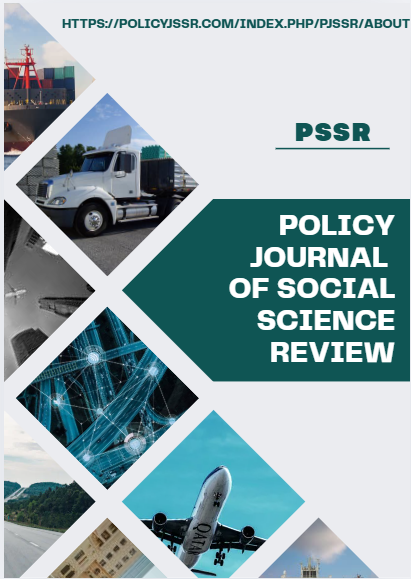AN EMPERICAL ANALYSIS OF HOUSEHOLD’S INCOME INEQUALITY IN PAKISTAN
Abstract
The research attempts to examine the disparity in wealth at household level in Pakistan by using Household Integrated Economic Survey (HIES) 2018–2019 data. A sample of 24,804 households from the 4 areas of Pakistan; Punjab, Khyber Pakhtunkhwa, Sindh, additionally Baluchistan have included in the collection of information. Based on the data, the average annual family income in Punjab is the highest at PKR 406,507, while the lowest is in Sindh at PKR 341,973 annually. The analysis of distribution of income is done using a range of inequality measures, including the Atkinson index It suggests a significant economic disparity and the Gini coefficient which indicates high inequality in income. Significantly higher Gini coefficients and associated ratings suggest that income The level of disparities increases in rural than in cities. Significant differences in income between provinces are also shown by the analysis, with Punjab showing the highest levels of economic inequality. Probability tests like t-tests over matching meant & Levene's test over similarity of deviations, confirm substantial differences in income variance and mean incomes between groups.
Keywords: Income inequality, Lorenz Curve, Gini coefficient, HIES





